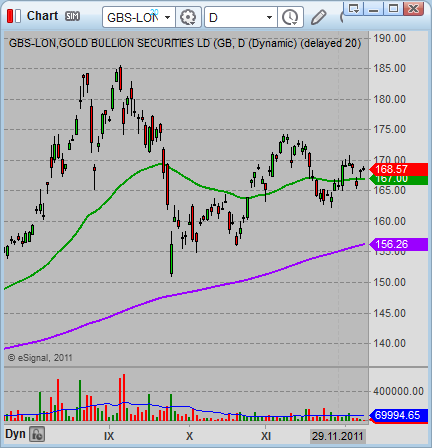Why are ETFs So Popular How ExchangeTraded Funds Work
Post on: 15 Май, 2015 No Comment

Why are ETFs So Popular?
There are a number of reasons that an ETF might be a better investment option than either individual stocks or a mutual fund. Their primary advantage over individual stocks, of course, is that they allow the investor to purchase a diverse array of assets at once.
Mutual funds offer the same advantage, but ETFs are better than mutual funds in several ways. They’re more flexible, since they can be traded on the stock market instead of being held until after markets close, the way mutual funds are. Savvy investors can buy and sell ETF shares quickly throughout the trading day in response to shifts in market value. Investors can also take advantage of different stock strategies with ETFs, such as selling them short, buying them on margin (borrowing money to buy stocks) and purchasing very small numbers of shares. Those things aren’t possible with mutual funds.
The cost of running an ETF is usually lower than a mutual fund. The fees paid to the custodial bank, the manager, the authorized participants and other involved parties (known as the fund’s expense ratio ) are clearly explained in the ETF’s prospectus. These fees tend to be fairly modest, at least compared to some mutual funds. This is mainly because the fund manager doesn’t actively manage the ETF like he or she might with a mutual fund, and thus takes a smaller fee. Also, because the creation of shares and the exchange between the ETF and the authorized participants is an in-kind trade, it doesn’t trigger the kinds of capital gains taxes that a more straightforward sale of stock might.
Because ETF shares are freely exchangeable for the assets that make up the ETF, the value of the shares never deviates very far from the value of the assets, known as net asset value (NAV). If the shares increase in value, authorized participants can trade in assets for more creation units to sell on the market. This creates an increased supply of the shares, which pushes the price back down. If the opposite occurs and the ETF’s shares are trading for a value less than the NAV, the shares can be traded back to the ETF in exchange for the assets themselves. This makes it almost impossible for the ETF shares’ value to drop too far below the assets’ value, since investors can always just trade the shares for the actual assets.
In the next section, we’ll talk about some actual examples of ETFs.














